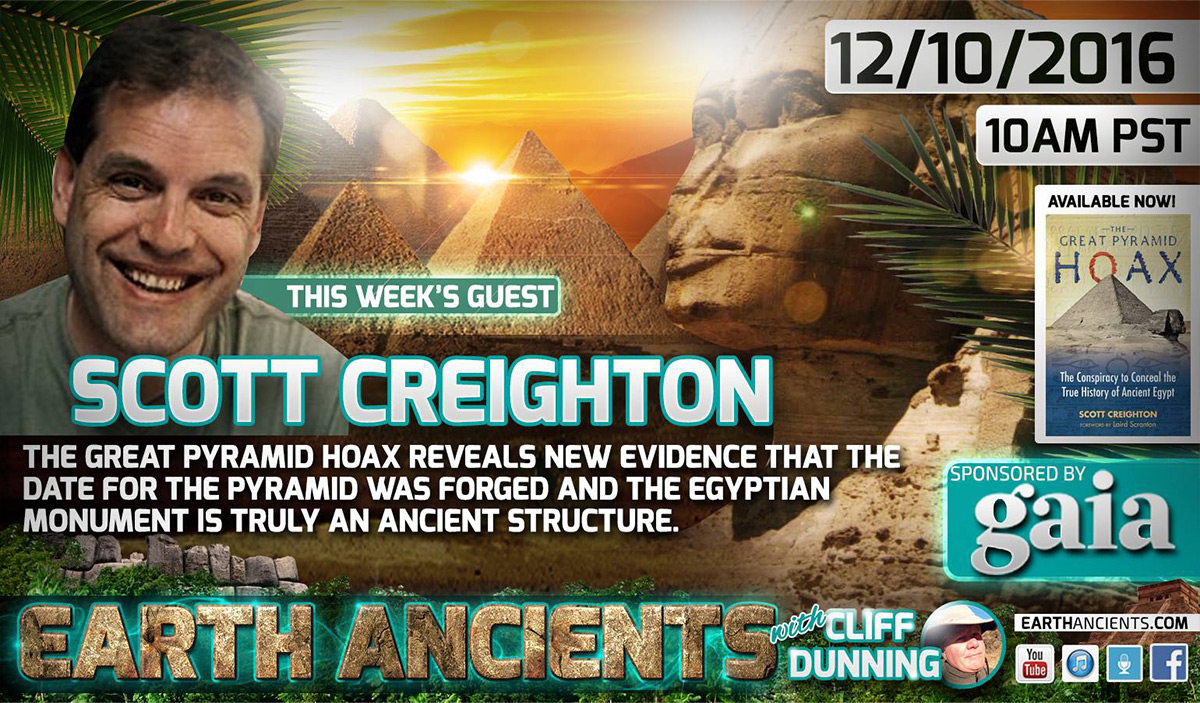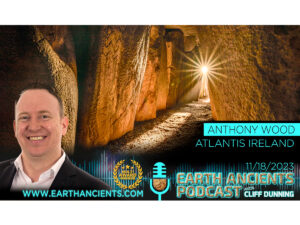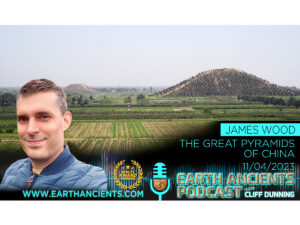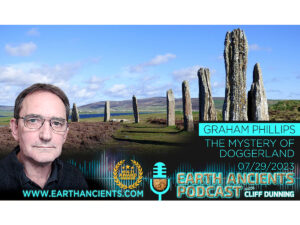Scott Creighton: The Great Pyramid Hoax
Despite millennia of fame, the origins of the Great Pyramid of Giza are shrouded in mystery. Believed to be the tomb of an Egyptian king, even though no remains have ever been found, its construction date of roughly 2550 BCE is tied to only one piece of evidence: the crudely painted marks within the pyramid’s hidden chambers that refer to the 4th Dynasty king Khufu, discovered in 1837 by Colonel Howard Vyse and his team.
Using evidence from the time of the discovery of these “quarry marks”–including surveys, facsimile drawings and Vyse’s private field notes–along with high definition photos of the actual marks, Scott Creighton reveals how and why the marks were faked. He investigates the anomalous and contradictory orthography of the quarry marks through more than 75 photos and illustrations, showing how they radically depart from the established canon of quarry marks from this period. He explains how the orientation of the Khufu cartouche contradicts ancient Egyptian writing convention and how one of the signs is from a later period. Analyzing Vyse’s private diary, he reveals Vyse’s forgery instructions to his two assistants, Raven and Hill, and what the anachronistic sign should have been. He examines recent chemical analysis of the marks along with the eye-witness testimony of Humphries Brewer, who worked with Vyse at Giza in 1837 and saw forgery take place. Exploring Vyse’s background, including his electoral fraud to become a member of the British Parliament, he explains why he was driven to perpetrate a fraud inside the Great Pyramid.
Scott Creighton is an engineer whose extensive travels have allowed him to explore many of the world’s ancient sacred sites. The host of the Alternative Egyptology forum on AboveTopSecret.com, he is the author of The Secret Chamber of Osiris and coauthor of The Giza Prophecy. He lives in Glasgow, Scotland.










